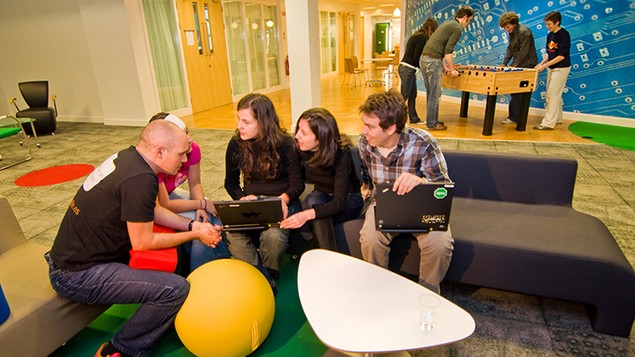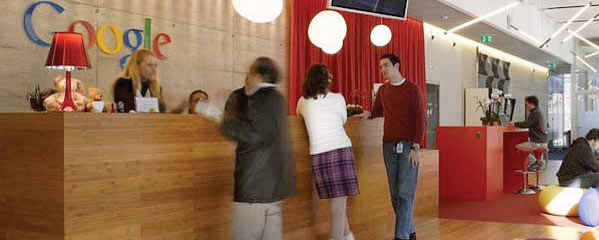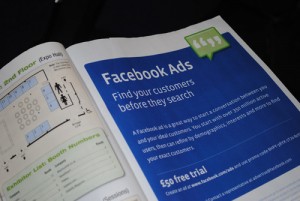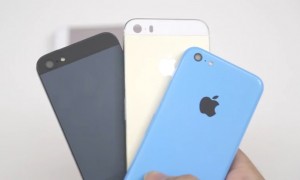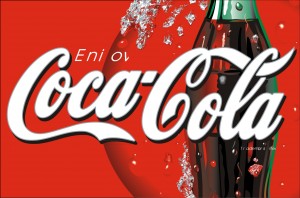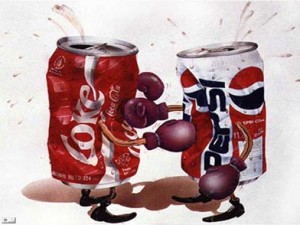As a successful established fast food franchise, Tim Horton understands “time is money.” They recognize the fact that there are only a limited number of rush hours each day and thus they need to make the best use of the time. While this fast food restaurant already provides the fastest drive through service, Tim Horton’s goal “is to move customers through the drive-through every 25 seconds” (Strauss). By reviewing the company’s business systems, procedures and processes, Marc Claira, the new chief executive officer of Tim Horton is planning to reduce some variety of donuts while introducing healthy milk-based and juice-based beverages. In my opinion, this is definitely an appropriate approach because giving customers too many choices may lead to slow service. For example, it usually takes me a couple of minutes to purchase a dozen Timbits because there is seriously a ton of flavours to choose from. If Tim Horton effectively enhances its existing procedures and processes, they are likely to save time and money. Additionally, the new system will allow employees to engage with customers more frequently and efficiently, thereby increasing customer satisfaction and sales!
Bibliography:




